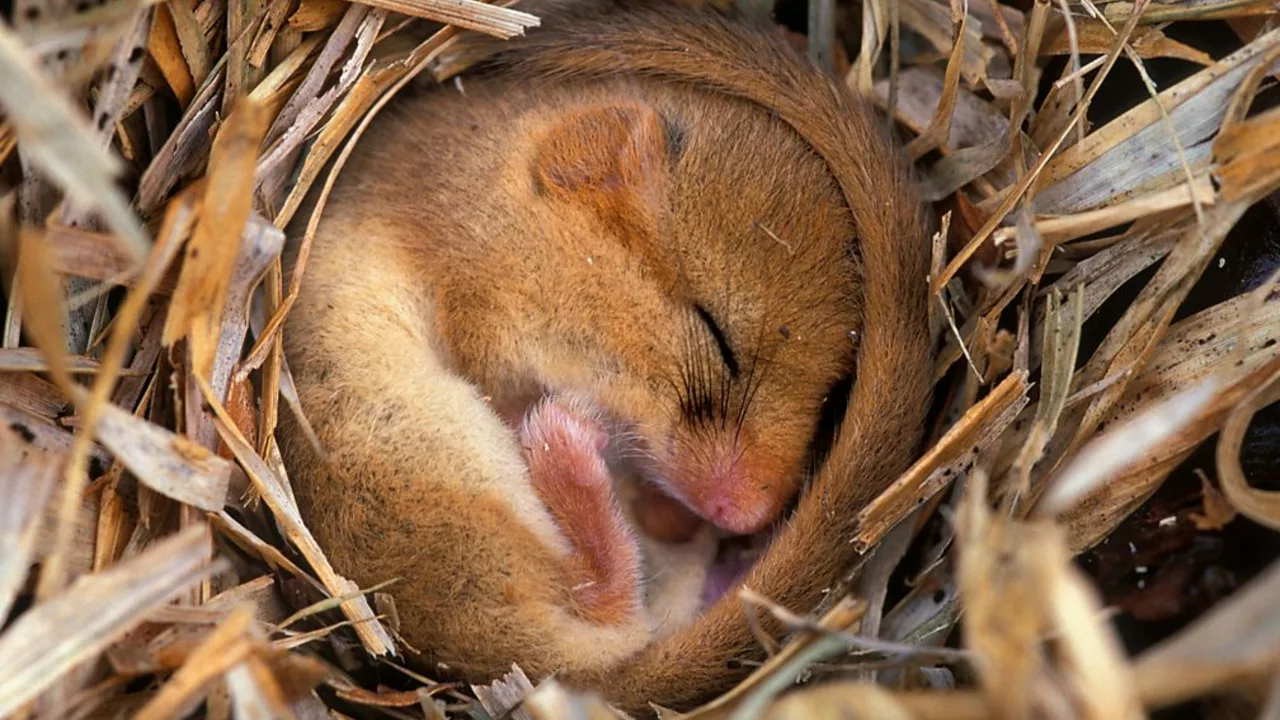Which animals need hibernation in winter, and why?
 Jul, 17 2023
Jul, 17 2023
Understanding the Concept of Hibernation
The natural world is full of fascinating phenomena that never cease to amaze me. One such phenomenon is hibernation, a state of inactivity or dormancy that some animals enter during the winter months. This is not a simple nap, mind you, but a deep sleep that can last for several months. During this time, the animal's body temperature drops, its heartbeat slows down, and it doesn't eat or drink. But why do some animals need to hibernate? And which animals are they? Let's delve into these questions.
Why is Hibernation Necessary?
Understanding why hibernation is necessary is the key to understanding the phenomenon itself. The main reason for hibernation is survival. In many regions, winter brings harsh conditions that can be difficult for animals to endure. Food becomes scarce, temperatures plummet, and the landscape is often covered in snow and ice. This makes it hard for animals to find food and stay warm. By hibernating, animals can conserve their energy and survive the winter without having to struggle for scarce resources.
The Different Types of Hibernators
Not all hibernators are created equal. Some animals hibernate for the entire winter, while others only hibernate for short periods when the weather is at its coldest. These are known as deep hibernators and light hibernators, respectively. Deep hibernators, like bears and groundhogs, will go into a deep sleep that lasts for several months. Light hibernators, on the other hand, will wake up and move around periodically throughout the winter.
Deep Hibernators: Bears and Their Long Winter's Nap
When you think of hibernation, the first animal that probably comes to mind is the bear. Bears are perhaps the most famous hibernators. They prepare for their winter sleep by eating a lot in the fall to store up fat. Then, they retreat to their dens and don't emerge until spring. During hibernation, a bear's body temperature drops by only a few degrees, and their heart rate slows down significantly. This allows them to conserve energy and survive the winter on their fat reserves.
Light Hibernators: Squirrels and Their Winter Strategy
Squirrels are another type of hibernator, but their strategy is a bit different from bears. Squirrels are light hibernators. They don't sleep the entire winter away. Instead, they wake up every few days to eat and defecate. Squirrels prepare for winter by storing food in various locations. During their brief periods of wakefulness in winter, they retrieve these food stores. This strategy allows them to survive the winter without having to forage in the cold and snow.
Bats: The Mysterious Hibernators
Bats are a fascinating case when it comes to hibernation. They are one of the few mammals that actually do go into a true hibernation. When bats hibernate, they find a safe place like a cave or a hollow tree, where they can hang upside down and enter a deep sleep. Their body temperature drops drastically, and their heart rate slows down to save energy. Unlike bears and squirrels, bats don't eat during their hibernation period. Instead, they rely on their fat reserves to survive the winter.
The Role of Hibernation in Animal Survival
In conclusion, hibernation plays a crucial role in the survival strategy of many animals. By entering a state of dormancy, these animals are able to conserve energy and survive the harsh winter months when food is scarce and conditions are tough. Whether they are deep hibernators like bears, light hibernators like squirrels, or true hibernators like bats, these animals have adapted to their environment in remarkable ways. Hibernation is just one example of the incredible resilience and adaptability of the animal kingdom.